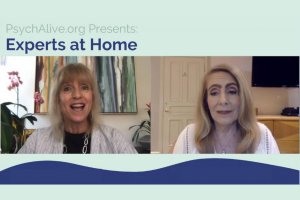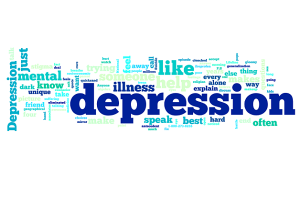Lindsay Lohan & The Media’s Take on Suicide


Lindsay Lohan seems to spark controversy with every new thing she does, whether it be another arrest, car accident, or some sort of substance abuse. But her latest stunt is especially appalling and shocking. Last month, she posed in a photoshoot holding guns to her head and mouth. These provocative poses of her flirting with suicide were incredibly disturbing and triggered a huge backlash from mental health professionals, gun control activists, and people around the world.
Photographer Terry Richardson snapped these pictures of Lindsay at Chateau Marmont in Los Angeles, but quickly had to take them off the internet when the uproar started. Although he took them down the same day he posted them, the damage had been done. The photos were disseminated all over the internet, and there is now no way to get rid of them. And while it seems like just another case of Lindsay drama, of a girl desperately trying to get in the spotlight, these pictures promote something much greater than that: suicide.
Whether her pictures were a call for help or an attempt at fame, suicide is not a matter to be taken lightly. Rather, it is a very real problem that happens way more than it should in today’s society. It is extremely dangerous and can be confusing to deal with, but it is a serious issue that needs to be faced, not photographed and mocked. As a very famous public figure, it seems irresponsible for Lindsay to take those photographs. She makes it seem as if suicide is normal, and everyone is doing it. The pictures turn suicide into something desirable, trendy, perhaps even sexy. This is incredibly harmful to anyone who is or has been suicidal and only encourages them in thinking that suicide might be their answer. This kind of advertising suicide suggests that it will end a person’s pain and help them for good. This is not true.
Although the media may choose to not treat suicide as important, the reality is that millions of people each year suffer from suicidal thoughts or actions. These people are in a vulnerable state: within themselves teetering between life and death. This internal balance can be tipped in either direction by outside influences. The media, public individuals, and each of us can affect a person who is suicidal. Even though the self-destructive thoughts and abnormal behavior of suicidal people are not easy to understand, and they are not always willing to seek out help from others, there are actions that could be taken in support of the side of them that chooses life. The media can set aside it’s desire to increase ratings and act responsibly in relation to reporting suicide. For example, they can inform the public about the warning signs of suicide.
According to Dr. Lisa Firestone, the following self-destructive behaviors are prominent suicide warning signs:
- Disrupted Sleep: People who commit suicide often go days or weeks without sleeping.
- Isolation: A suicidal person pulls away from others, especially close friends and family. They spend more time alone and act as if they do not want to be around anyone.
- Loss of Interest: People at risk lose interest in everything that used to be important to them, including their favorite activities and anything that was formerly a big part of their identity.
- Extreme Self Denial, Lack of Pleasure: A suicidal person seems resistant to pleasure. According to them, everything is bad and not worth it. They can lose the ability to find happiness in anything.
- Extreme Self Hatred: When a person is contemplating suicide, their thoughts often become incredibly self-destructive, and they start intensely hating themselves. They may say and do things that are very self-deprecating.
- Not belonging: Someone who is suicidal feels as if they do not belong or fit in with others. They may be inclined to stop being with their family and friends because they do not feel a part of them. These thoughts are often distorted, but suicidal people will insist that they are different.
- A burden to others: A person who is at risk believes that everything about themselves is a burden to others. They believe that their personality, problems, friendship, etc… is just a weight on the shoulders of everyone else.
- Positive mood change: Suicide occurs at the point when the person at risk starts to get happier and more involved. Depression deadens a person to the point where they are so sad that they are unable to do anything, let alone make the effort to kill themselves. But when a person at risk starts to have a more positive mood, it means they may have the strength and effort to actually go through with it. They may be happy because they have made the decision to kill themselves and are very pleased with their plan.
- Suicidal Talk: A person at risk often makes statements about death or alludes to suicide as a good way to end the pain. These statements should be taken very seriously as they could be a cry for help.
It is important to support anyone who may exhibit these warning signs and seek help immediately. If you or someone you know is in crisis or in need of immediate help, call The National Suicide Prevention Lifeline at 1-800-273-TALK (8255). This is a free hotline available 24 hours a day to anyone in emotional distress or suicidal crisis. International readers can click here for a list of helplines and crisis centers around the world.
People contemplating suicide do not always get the help they need, but they can be helped if someone recognizes the indicators of their self-destructive thinking. They can be helped if the media acknowledges the seriousness of suicide in our country and provides information that is useful and supportive of life choices.
The fact is that suicide is dangerous and very real. And pictures like the ones Lindsay took are hurtful to those who have been suicidal or those who are thinking about committing suicide. It is when we take suicide lightly and even treat it as a joke that we have an increasingly harmful and dangerous influence on all those around us.









Yael this is a very interesting and informative blog -thanks for posting